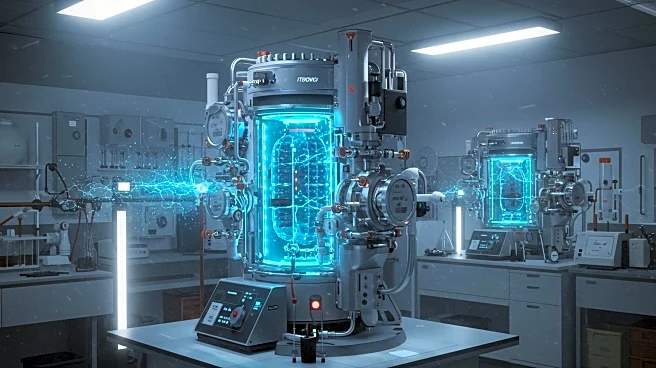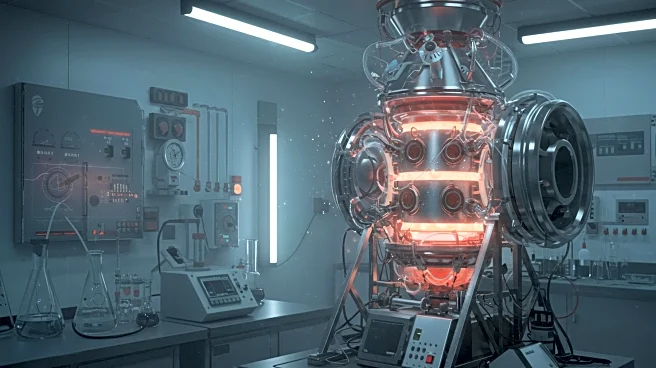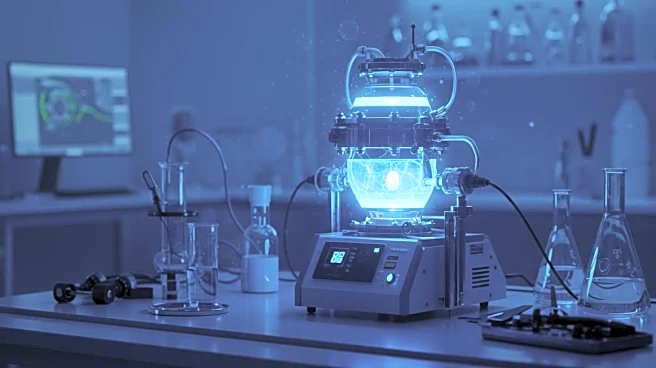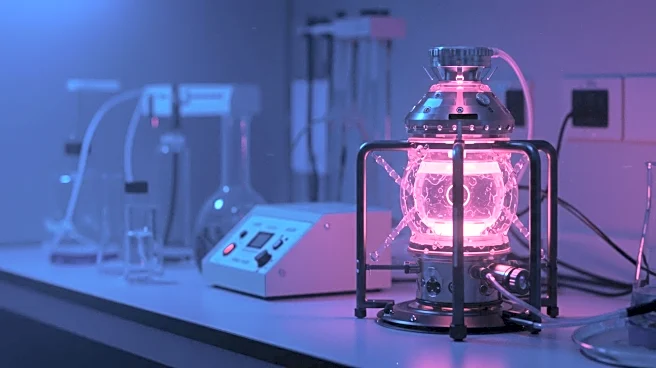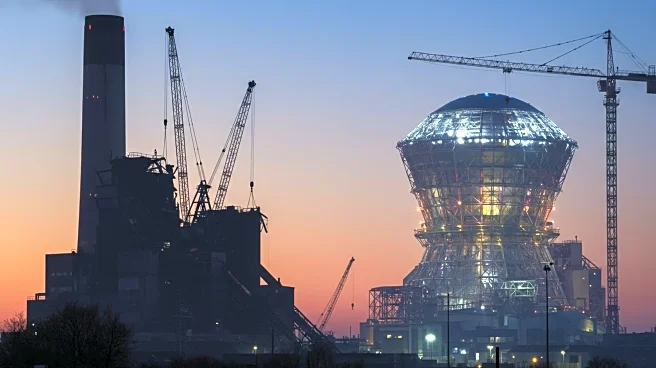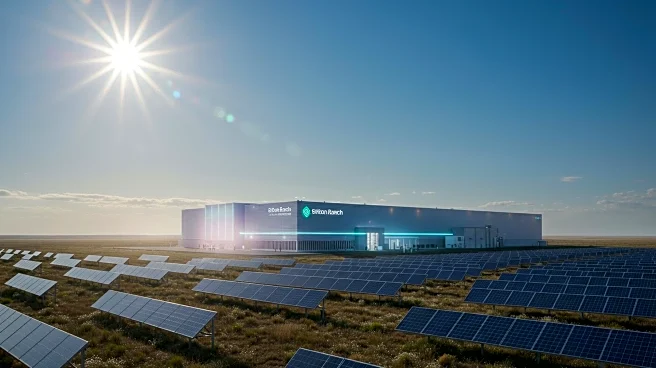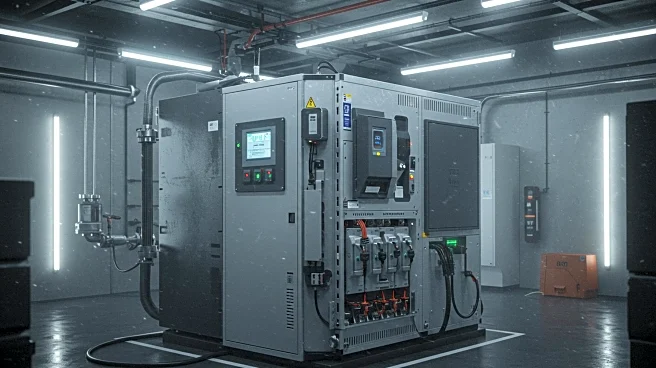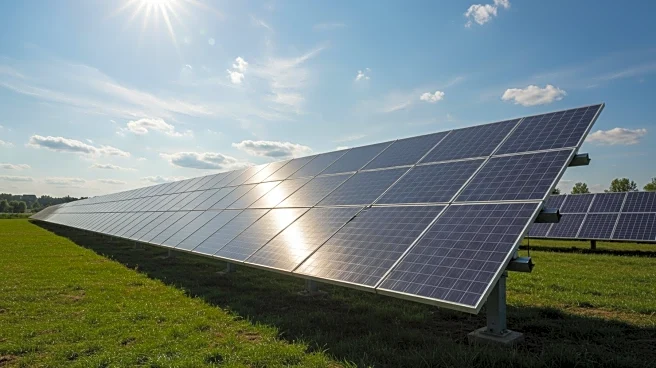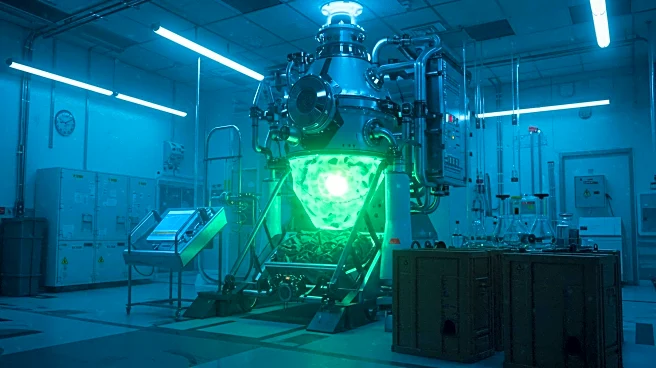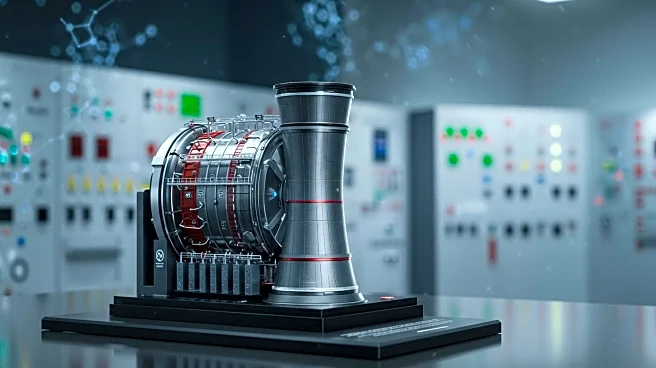What's Happening?
Researchers at the University of British Columbia have developed the Thunderbird Reactor, a bench-top-sized particle accelerator that uses electrochemistry to boost nuclear fusion rates. This reactor combines a plasma thruster, vacuum chamber, and electrochemical cell to enhance deuterium-deuterium fusion rates by 15%. The approach aims to increase fuel density and the probability of fusion events, offering a more accessible method compared to traditional high-temperature fusion techniques.
Why It's Important?
The Thunderbird Reactor represents a significant shift in nuclear fusion research, potentially democratizing the field by moving experiments from large national labs to smaller, more accessible settings. This could accelerate the development of clean energy solutions, reducing reliance on fossil fuels and contributing to global sustainability goals. The reactor's ability to enhance fusion rates through electrochemical loading could pave the way for new research avenues and technological advancements in energy production.
What's Next?
The research team plans to refine the reactor's design and explore different materials to further increase fusion rates. The approach encourages collaboration across nuclear fusion, materials science, and electrochemistry, inviting the scientific community to iterate and build upon these findings. Future developments may focus on integrating the reactor's capabilities into broader energy systems and exploring its potential applications beyond fusion.
